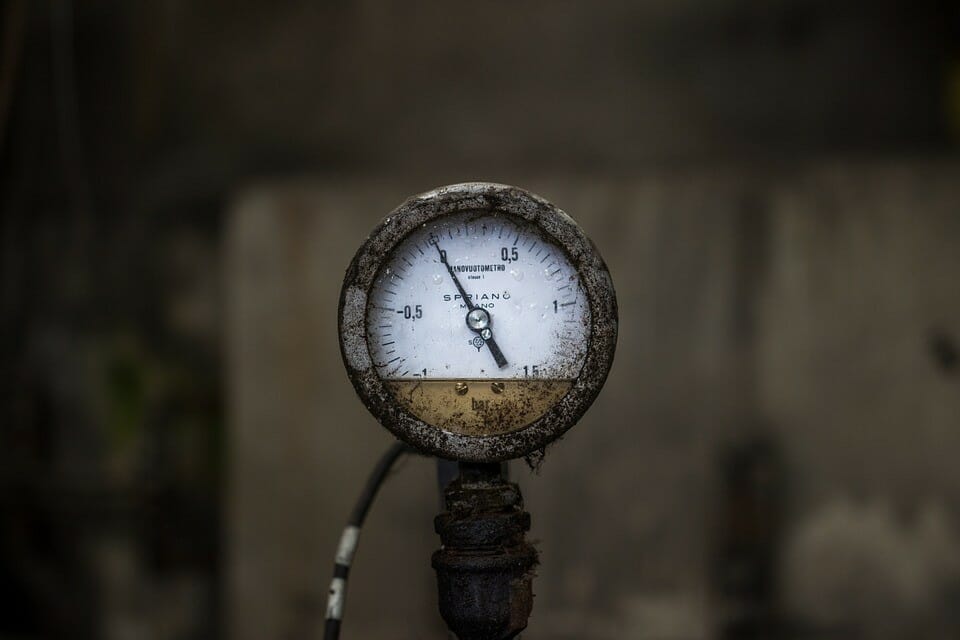Around 39% of all freshwater that is withdrawn from different bodies of water in the US is allocated for the cooling needs of electric power plants that makes use of fossil fuels or nuclear power, and much of this water ends up turning into clouds of vapor. To address this problem, MIT has devised a new system that could save a substantial fraction of that lost water and can also become a source of clean, safe drinking water for coastal cities where seawater is used to cool local power plants.
The principle behind this new system is simple. Once air that is rich in fog is hit with a beam of electrically charged ions, water droplets become electrically charged and therefore can be drawn toward a mesh, and drain down into a collecting pan. The water then can be reused in the power plant or sent to a city’s water supply system.
The system, which is the basis for a startup company that is called Infinite Cooling, won MIT’s $100K Entrepreneurship Competition. The system is described in a paper published in the journal Science Advances, co-authored by Maher Damak PhD’17 and associate professor of mechanical engineering Kripa Varanasi. Damak and Varanasi are among the co-founders of the start-up.

Source: MIT
“It’s distilled water, which is of higher quality, that’s now just wasted,” says Varanasi. “That’s what we’re trying to capture.” The water can be piped to a city’s drinking water system, or used in processes that need pure water, like in a power plant’s boilers, rather than being used in its cooling systems where water quality isn’t so important.
According to Varanasi, a typical 600-megawatt power plant can capture 150 million gallons of water a year. This represents around 20 to 30 percent of the water that is lost from cooling towers. Through improvements, the system may be able to capture even more of the output.
In addition to this, since power plants are already in place in many arid coastlines, and many of these are cooled with seawater, this can provide a simple way to provide water desalination services at a tiny fraction of the cost of building a standalone desalination plant. “This can be a great solution to address the global water crisis,” Varanasi says. “It could offset the need for about 70 percent of new desalination plant installations in the next decade.”
The team is currently building a full-scale test version of the system to be placed on the cooling tower of MIT’s Central Utility Plant, a natural-gas cogeneration power plant that provides most of the campus’ electricity, heating, and cooling. The setup is expected to be in place by the end of the summer and will undergo testing in the fall. The tests will then include trying different variations of the mesh and its supporting structure according to Damak.
Article Source:













